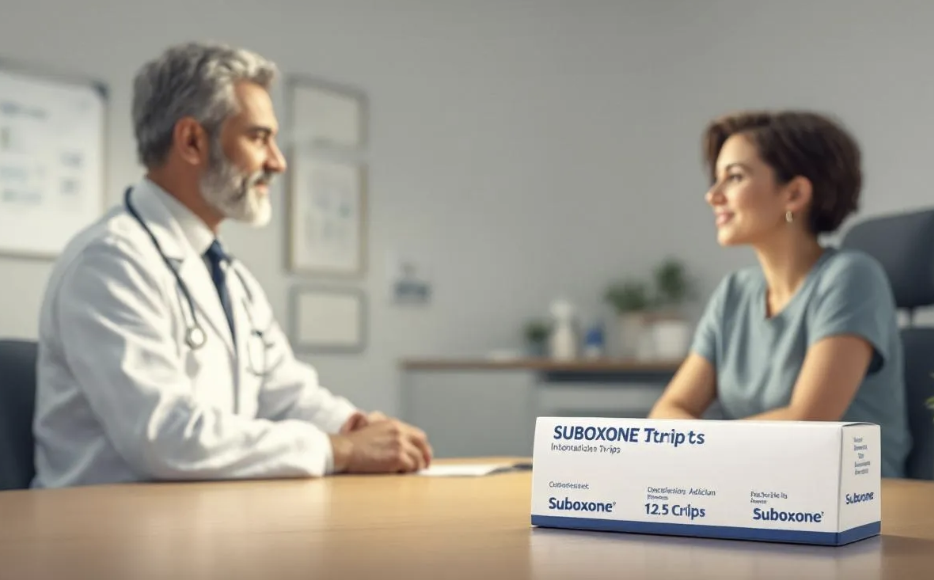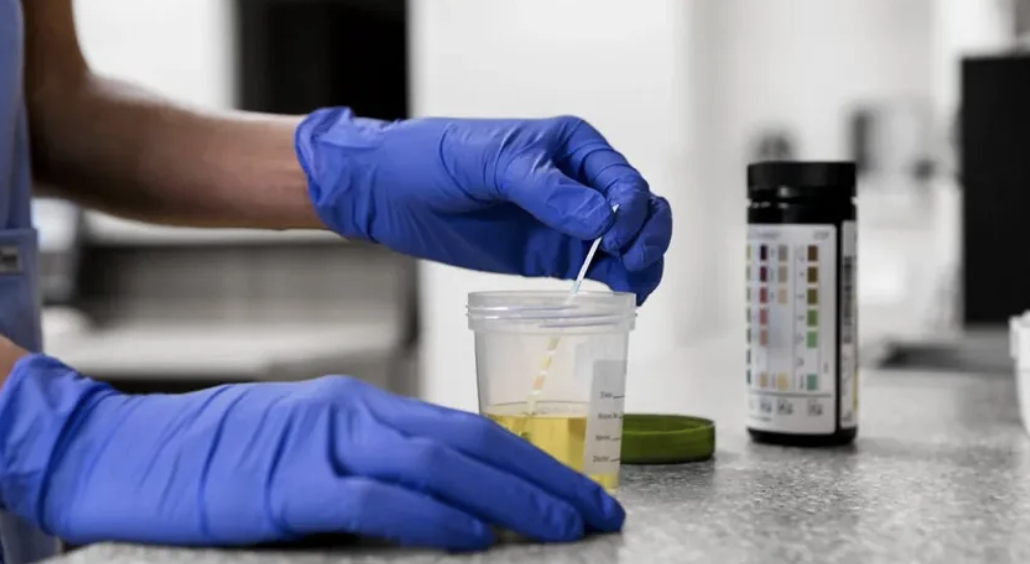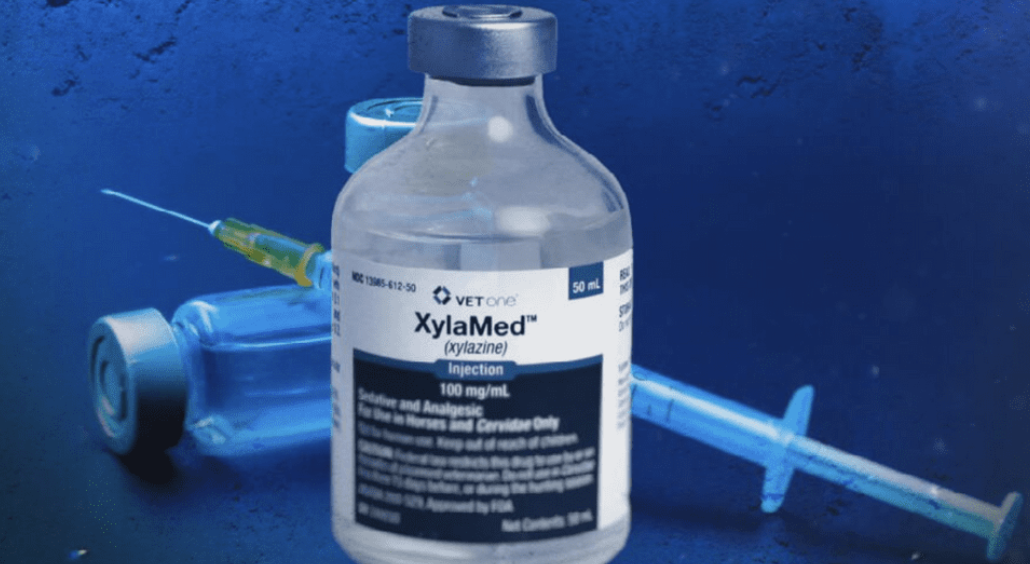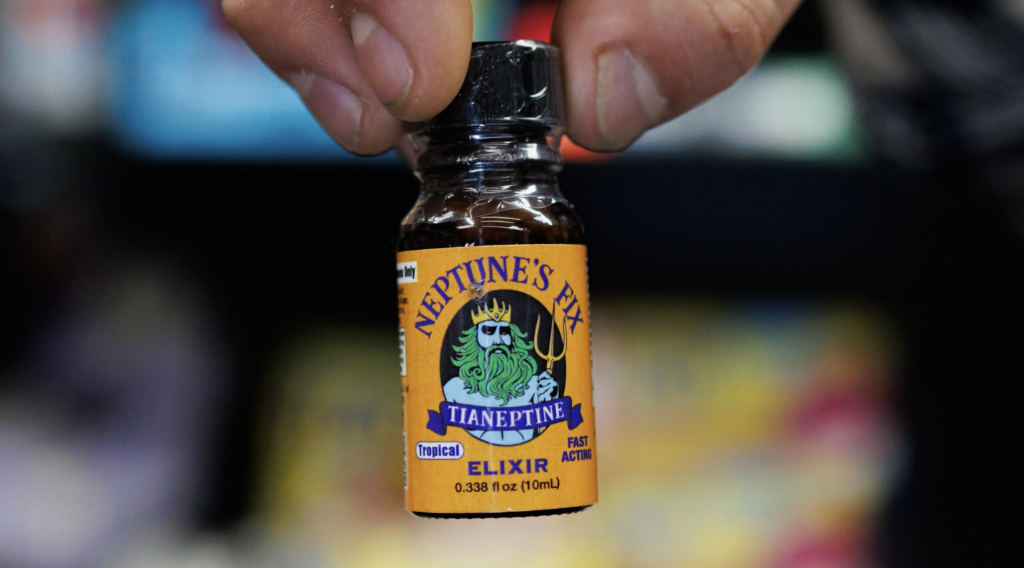Many people wonder, Does Suboxone get you high? The short answer is that when taken as prescribed, Suboxone is unlikely to produce a high. This medication, used primarily for treating opioid addiction, combines buprenorphine and naloxone to minimize euphoria and prevent misuse. In this article, we’ll delve into how Suboxone works, its effects, and whether it has any potential for recreational use.
Key Takeaways
- Suboxone combines buprenorphine and naloxone to effectively treat opioid addiction by reducing cravings and withdrawal symptoms without inducing a high.
- While some mild euphoria may occur in opioid-naive individuals, Suboxone typically does not produce a high due to its partial agonist properties and naloxone’s deterrent against misuse.
- Misuse of Suboxone, such as injecting or combining with other substances, can lead to health risks, but its design significantly lowers the potential for recreational abuse compared to full opioid agonists.
What is Suboxone and why is it prescribed?
Suboxone is a combination medication that contains buprenorphine and naloxone. Buprenorphine is a partial opioid agonist that helps reduce cravings and withdrawal symptoms, while naloxone is an opioid antagonist that blocks the effects of opioids, especially when injected. Together, these components make Suboxone an effective tool in treating opioid addiction.
Suboxone is primarily prescribed as part of a comprehensive treatment plan for opioid use disorder (OUD). This medication helps individuals manage withdrawal symptoms and reduce cravings, facilitating a smoother transition to recovery. It is often seen as a crucial element in addiction medicine due to its ability to stabilize patients and support long-term recovery, making it a primary drug in the treatment of opioid use disorder.
The way Suboxone works in the brain is by acting on the same receptors that opioids like heroin and oxycodone target. However, because buprenorphine is a partial opioid agonist, it does not fully activate these receptors, resulting in a ceiling effect that limits the potential for euphoria and overdose. Naloxone, on the other hand, blocks opioid effects if Suboxone is injected, further reducing the risk of misuse.
Despite its effectiveness in treating opioid addiction, Suboxone is not suitable for recreational use. Its design, which includes the combination of buprenorphine and naloxone, specifically aims to prevent abuse and ensure that the medication is used safely and effectively within a therapeutic context.

Does Suboxone get you high: The short answer
The core question on many minds is whether Suboxone can cause a high. The short answer is that Suboxone is unlikely to cause a high when taken as prescribed. In opioid-naive individuals, there may be a possibility of experiencing mild euphoria, but this is generally rare in clinical settings. For those undergoing Suboxone treatment, the chances of experiencing euphoria are minimal.
When Suboxone is taken as directed by a healthcare provider, it rarely produces a euphoric effect. This is primarily due to the presence of naloxone, which acts as a deterrent to misuse. Naloxone is designed to block the opioid effects if Suboxone is injected, thereby reducing its potential for abuse.
Moreover, Suboxone’s formulation as a combination of buprenorphine and naloxone ensures that while it helps manage withdrawal symptoms and cravings, it does not provide the intense high associated with other opioid drugs. This makes it a valuable tool in supporting recovery while minimizing the risk of Suboxone abuse.
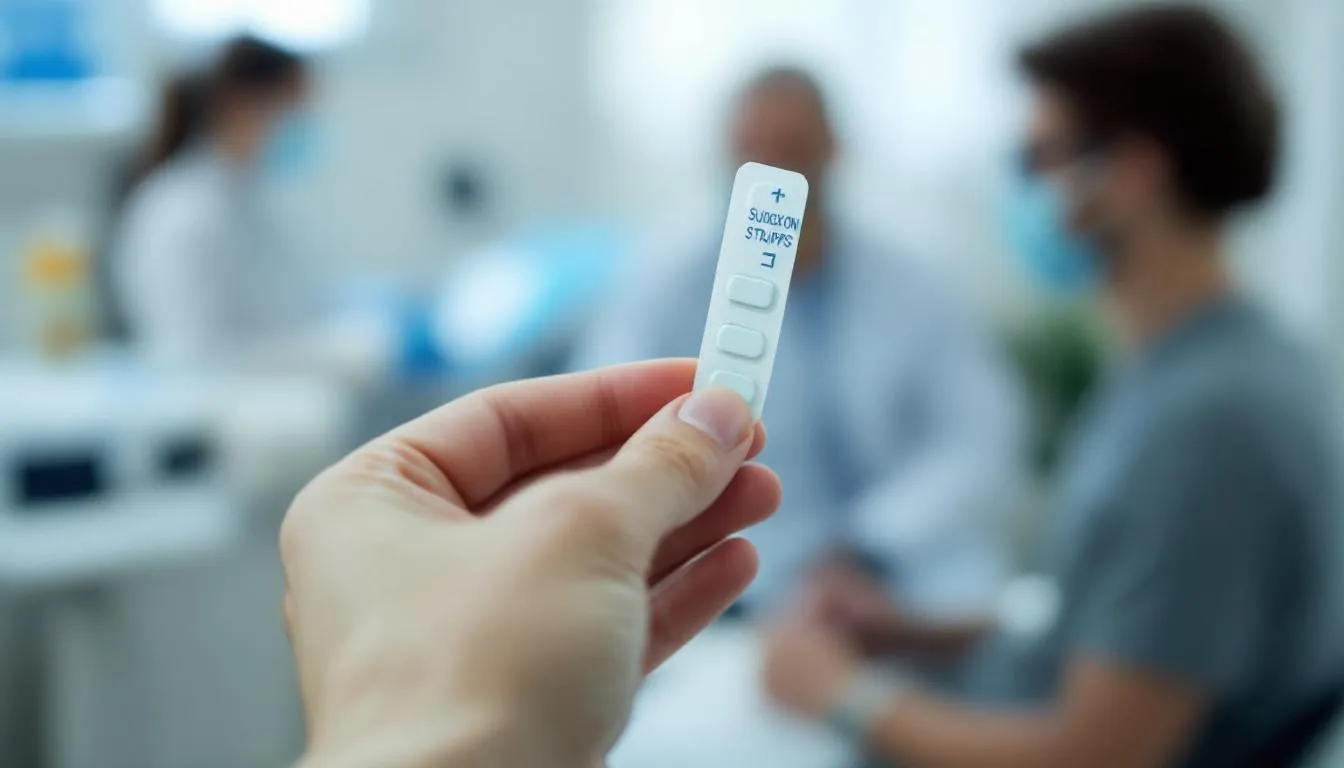
How Suboxone works in the brain
Understanding how Suboxone works in the brain helps explain why it rarely induces a high. Buprenorphine, one of the active ingredients, is a partial opioid agonist. This means it binds to the same receptors in the brain as opioids like heroin or morphine but does not activate them fully. This partial activation helps alleviate withdrawal symptoms and reduce cravings without producing the intense euphoria associated with full opioid agonists.
Naloxone, the naloxone component in Suboxone, is an opioid antagonist. Its primary purpose is to block the effects of opioids, especially if Suboxone is injected. This blocking action is a crucial safeguard against misuse, as it prevents individuals from experiencing a high if they attempt to inject the medication.
One of the distinctive features of buprenorphine is its ceiling effect. Unlike full opioids, increasing the dose of buprenorphine beyond a certain point does not enhance its effects. This ceiling effect limits the potential for euphoria and significantly reduces the risk of overdose. This characteristic makes Suboxone a safer option compared to full opioid agonists like heroin or oxycodone.
Together, buprenorphine and naloxone work synergistically to provide the therapeutic benefits needed for treating opioid addiction while minimizing the potential for abuse and misuse. This balanced approach is what sets Suboxone apart from other opioid medications.
Factors that influence whether Suboxone can cause a high
Several factors can influence whether Suboxone can cause a high. One of the primary factors is an individual’s opioid tolerance level. For opioid-naive individuals, there is a potential for mild euphoria if Suboxone is misused. However, for those with a history of opioid use, the effects are usually much milder.
The dosage and method of administration also play significant roles. Suboxone is typically administered sublingually (under the tongue), which is designed to ensure gradual absorption and minimize the risk of euphoria. However, misuse scenarios, such as crushing, snorting, or inject suboxone, can alter its effects and increase the potential for a high.
Additionally, combining Suboxone with other substances, such as benzodiazepines or alcohol, can lead to dangerous suboxone interactions that may enhance sedative or euphoric effects. This combination can be dangerous and is strongly discouraged. Misuse in any form, whether by altering the method of administration or combining with other substances, increases the risk of Suboxone abuse and adverse health outcomes.
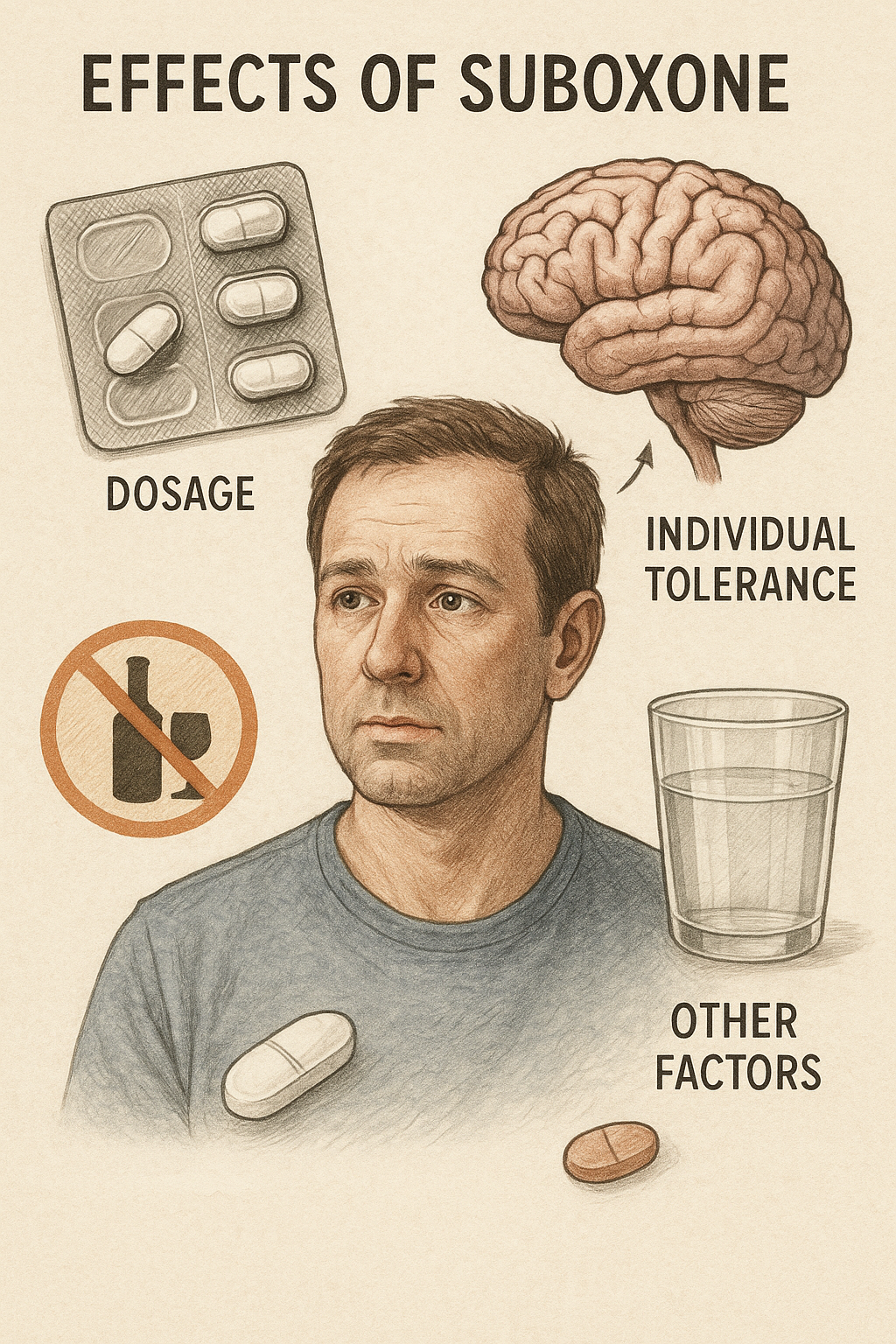
Can Suboxone be abused for recreational purposes?
Misuse and abuse of Suboxone often stem from attempts to manage withdrawal symptoms from short-acting opioids rather than seeking a high. Although Suboxone can trigger a dopamine release leading to some level of euphoria, this effect is much milder compared to stronger opioids. Despite this, there have been instances where individuals smuggle Suboxone into prisons, indicating its potential for abuse within specific populations.
People may attempt to misuse Suboxone by crushing and snorting or injecting it. However, naloxone’s presence in Suboxone effectively prevents IV abuse by blocking opioid effects when injected, making these attempts to abuse largely ineffective. The DEA classifies Suboxone as a Schedule III drug, indicating it has a lower abuse potential compared to full opioids like heroin or oxycodone.
Moreover, the availability and lower cost of Suboxone on the illicit market can make it an appealing option for individuals seeking alternatives to more expensive prescription opioids. However, emergency department visits related to the nonmedical use of buprenorphine have significantly increased, highlighting the need for proper education and monitoring to prevent misuse.
While Suboxone can be misused, its design and naloxone presence significantly reduce its potential for recreational abuse. It remains an effective tool in addiction treatment when used as directed.
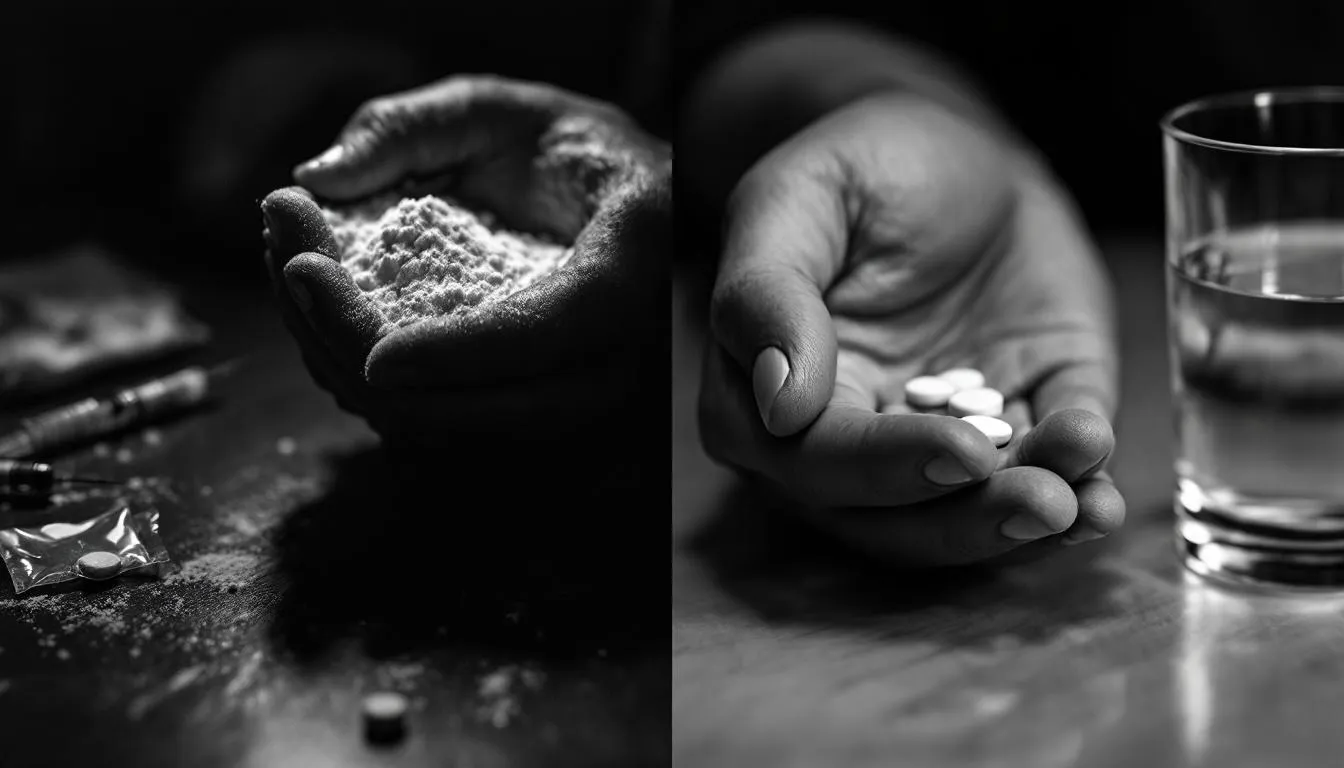
Does Suboxone feel like other opioids?
Comparing Suboxone to other opioids like heroin, oxycodone, or methadone, it is clear that Suboxone produces a much lower level of euphoria. This is due to its partial agonist properties, which limit the extent of its effects on the brain’s opioid receptors. While Suboxone does activate these receptors, the resulting euphoria is notably less intense than that produced by full agonist opioids.
Patients often report that Suboxone provides mild relief from opioid withdrawal symptoms and cravings without the high associated with other opioids. This makes it a stable option for medication-assisted treatment (MAT), helping individuals maintain daily functionality without the euphoric spikes that can lead to abuse and dependency.
The ceiling effect of buprenorphine further distinguishes Suboxone from other opioids. Increasing the dose of Suboxone does not proportionally increase its effects, which reduces the risk of overdose and limits its potential for recreational use. This is in stark contrast to full agonist opioids, where higher doses can lead to stronger drugs and higher risks.
For individuals transitioning from full agonists to Suboxone, there may initially be some withdrawal symptoms or reduced effects due to Suboxone’s blocking properties. However, over time, Suboxone can offer a more stable and manageable form of treatment without the intense highs and lows associated with other opioids.
Is it possible to get addicted to Suboxone?
It is important to distinguish between physical dependence and addiction when discussing Suboxone. Physical dependence refers to the body’s adaptation to the medication, leading to withdrawal symptoms if the drug is abruptly stopped. This can occur with Suboxone, but it is not the same as addiction, which involves compulsive drug-seeking behavior and use despite harmful consequences.
When used under medical supervision, the risk of addiction to Suboxone is relatively low. The medication is designed to reduce cravings and prevent relapse, making it a valuable tool in the treatment of opioid addiction. However, if misused, there is a potential for developing a suboxone addiction, though this is less common compared to full opioid agonists.
Overall, Suboxone is an effective medication for managing opioid use disorder when used as prescribed. It helps individuals reduce cravings, manage withdrawal symptoms, and maintain their recovery journey.
What to expect when taking Suboxone as prescribed
Patients taking Suboxone as prescribed can expect a stabilization in their condition without experiencing a high. The medication helps manage withdrawal symptoms and cravings, allowing individuals to lead functional daily lives. This stability is a key aspect of Suboxone treatment, supporting sustained recovery.
Common side effects of Suboxone include headache, constipation, and nausea, but not euphoria. These side effects are generally manageable and diminish over time as the body adjusts to the medication. The primary goal of Suboxone therapy is to suppress withdrawal symptoms, reduce cravings, and support long-term recovery.
Adhering to the prescribed dosage and administration method helps patients achieve therapeutic goals without the risks associated with opioid abuse. Suboxone’s design ensures that it is effective in treating opioid addiction while minimizing the potential for prescribing misuse and Suboxone abuse.
Alternatives to Suboxone and how they compare in terms of euphoria
When considering alternatives to Suboxone, it’s important to compare their safety and efficacy, particularly in terms of the potential for euphoria. Methadone, a full opioid agonist, is one such alternative. Methadone can produce a high similar to other opioids, which increases its potential for misuse and addiction, especially when comparing Suboxone vs methadone in clinical treatment settings. While effective in treating opioid addiction, the higher risk of misuse makes it a less preferred option for some patients.
For a direct comparison of how these treatments differ, see naltrexone vs Suboxone to understand their impact on cravings, withdrawal management, and euphoria. It is an opioid antagonist, meaning it blocks opioid receptors entirely and does not produce any euphoria. This makes naltrexone a good option for individuals who have already detoxed from opioids and are looking to avoid any opioid effects altogether. However, it may not be as effective in managing withdrawal symptoms and cravings compared to Suboxone.
Suboxone strikes a balance between safety and efficacy. Its partial agonist nature provides the necessary relief from withdrawal symptoms and cravings without the intense high associated with full agonist opioids. This balance makes Suboxone a preferred choice for many undergoing treatment for opioid addiction.
Bottom line: Does Suboxone get you high?
The bottom line is that Suboxone, when taken properly, is unlikely to cause a high. Its formulation, which includes both buprenorphine and naloxone, ensures that while it helps manage withdrawal symptoms and cravings, it does not provide the intense euphoria associated with other opioids.
Suboxone’s partial agonist properties and built-in deterrents against misuse, such as the presence of naloxone, make it a safe and effective option for treating opioid addiction. Its role in recovery and harm reduction is significant, providing individuals with the support they need to maintain their sobriety and lead functional lives.
By understanding the realities of Suboxone’s effects and potential for misuse, individuals can make informed decisions about their behavioral health treatment options and work towards a successful recovery.
FAQs about Suboxone and euphoria
Can you get high on Suboxone if you’re not addicted to opioids?
Individuals without a history of opioid use can potentially experience a mild high from Suboxone if they misuse it, particularly by taking excessive doses. However, the effects are generally less intense compared to those experienced by individuals with a tolerance to opioids.
Why do some people say they feel good on Suboxone?
Some people report feeling good on Suboxone because it alleviates withdrawal symptoms and cravings, allowing them to feel normal and functional. This sense of well-being is different from the euphoria associated with other opioids.
Is it dangerous to try getting high on Suboxone?
Trying to get high on Suboxone can be dangerous, especially when mixed with other drugs and substances. Substance abuse can lead to opioid overdose, precipitated withdrawal, and serious health complications. Mental health can be negatively affected by Suboxone addiction behaviors, which can exacerbate these risks.
Additionally, misuse of Suboxone can result in legal consequences and other negative outcomes, including potential abuse of suboxone and other abuses.
How long does any high from Suboxone last?
Any euphoric effects from Suboxone are typically of a short period, lasting between 3 to 6 hours. The duration and intensity can vary depending on individual metabolism and how long Suboxone stays in your system, but the high is generally less pronounced compared to stronger opioids.
What should I do if someone is misusing Suboxone?
If you suspect someone is misusing Suboxone, it is crucial to encourage them to seek medical advice and support. Connecting them with addiction treatment resources and harm reduction strategies, along with mental health services administration, can help address the misuse and support their recovery.


